
Plagi - Plagiarism Detection Tool
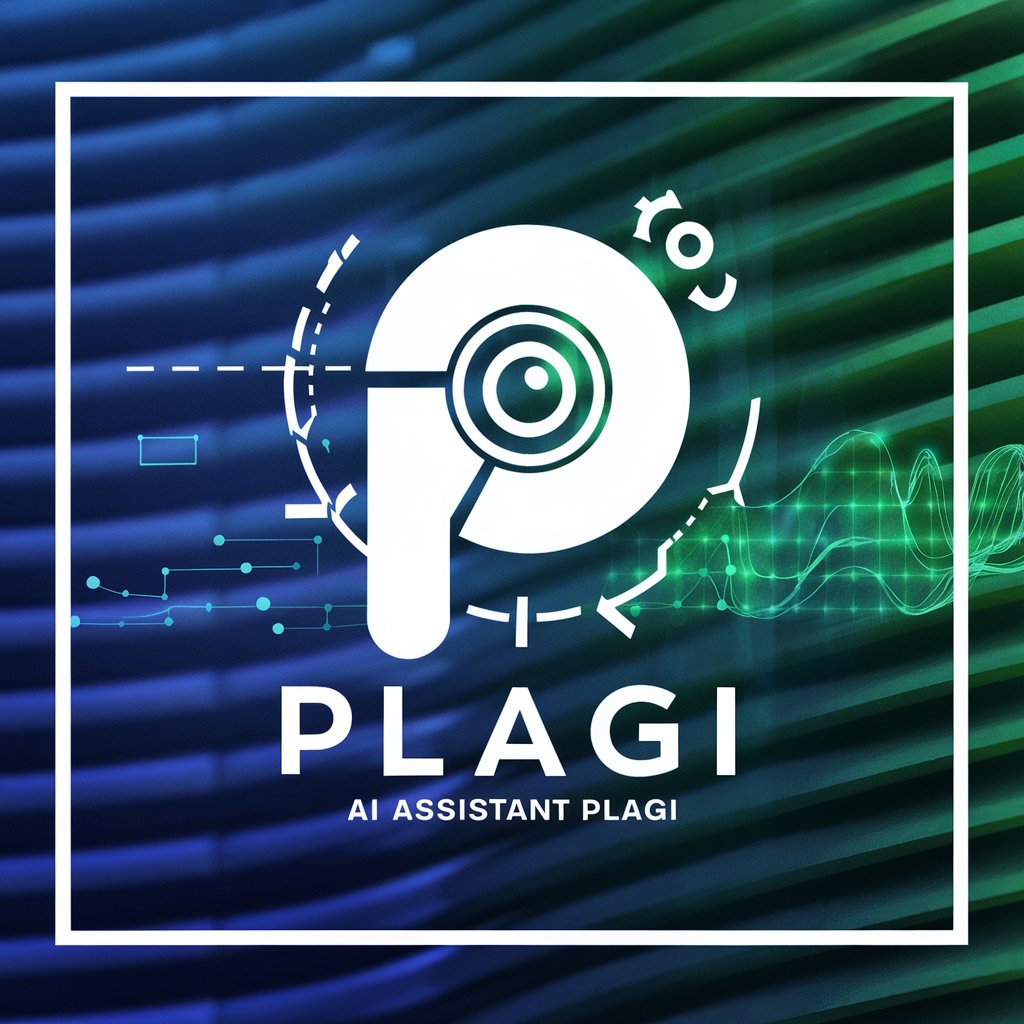
Welcome to Plagi, your trusted plagiarism detection assistant.
Empowering Originality with AI
Analyze the following text for any potential plagiarism issues:
Highlight and compare any instances of copied or paraphrased content in this document:
Provide a comprehensive originality report for the given text:
Identify and detail similarities between this text and known sources:
Get Embed Code
Introduction to Plagi
Plagi is an advanced AI assistant designed to help writers and researchers identify and rectify instances of plagiarism in their work. It mirrors and extends the capabilities of existing commercial plagiarism detection tools like Turnitin, Grammarly, Quetext, and Scribbr, by scanning documents for verbatim passages copied from a vast database of academic and online sources without proper attribution. Plagi not only flags direct copying but also highlights potential paraphrasing issues by identifying similarities in phrasing, semantics, or ideas, even when the exact wording differs. Through a detailed originality report, Plagi outlines each instance of copied or paraphrased text, mapping it back to its origin when possible. This tool is built to handle texts of various lengths and subjects, ensuring accurate detection of plagiarism while distinguishing legitimate academic use. By providing snippet views for comparison and a percentage similarity indicator, Plagi aims to support academic integrity and originality in writing. Powered by ChatGPT-4o。

Main Functions of Plagi
Verbatim Text Detection
Example
Identifying an entire paragraph copied from a published journal article in a student's essay.
Scenario
When a student submits an essay, Plagi scans and identifies any passage directly copied from another source, presenting the original text side by side with the submitted content for easy comparison.
Paraphrasing Issue Identification
Example
Flagging a rephrased summary of a copyrighted book's chapter without proper citation in a research paper.
Scenario
Plagi examines the text for semantic similarities to known sources, highlighting sections that closely mirror the ideas or structure of another author's work, even if not directly copied. This helps in ensuring the uniqueness of the presented research.
Originality Report Generation
Example
Providing a comprehensive report detailing the percentage of original versus plagiarized content in a thesis.
Scenario
After a document scan, Plagi generates a detailed report outlining each instance of potential plagiarism, including both verbatim and paraphrased content, with references to the original sources, thereby guiding users in rectifying and improving their work.
Ideal Users of Plagi Services
Academic Students
Students at various educational levels can use Plagi to ensure their essays, research papers, and dissertations are free from plagiarism, thereby maintaining academic integrity and avoiding penalties.
Educators and Academics
Educators and academic professionals can utilize Plagi to verify the originality of their students' submissions as well as their own research publications, fostering a culture of honesty and originality in academic writing.
Content Creators and Writers
Writers and content creators, including bloggers, journalists, and authors, can benefit from Plagi's services to guarantee the authenticity of their work before publication, ensuring their reputation for originality is upheld.

How to Use Plagi: A Step-by-Step Guide
Start Your Journey
Initiate your plagiarism-checking experience by accessing yeschat.ai, where you can explore Plagi's capabilities with a free trial, no sign-up or ChatGPT Plus required.
Upload Your Document
Easily upload the document you wish to check for plagiarism. Plagi accepts a wide range of formats, including Word documents, PDFs, and text files.
Choose Your Settings
Specify your preferences for the plagiarism check. You can select the depth of the check, the types of sources to compare against, and whether to include paraphrasing detection.
Review the Report
Once the analysis is complete, Plagi will provide a detailed originality report. This report highlights any potential plagiarism, shows side-by-side comparisons with the original sources, and gives a similarity percentage.
Implement Feedback
Use the insights from Plagi's report to make necessary revisions to your document. Ensure all sources are properly cited and paraphrased content is rewritten for originality.
Try other advanced and practical GPTs
Tada Wiz
Empower Your Data Science Journey
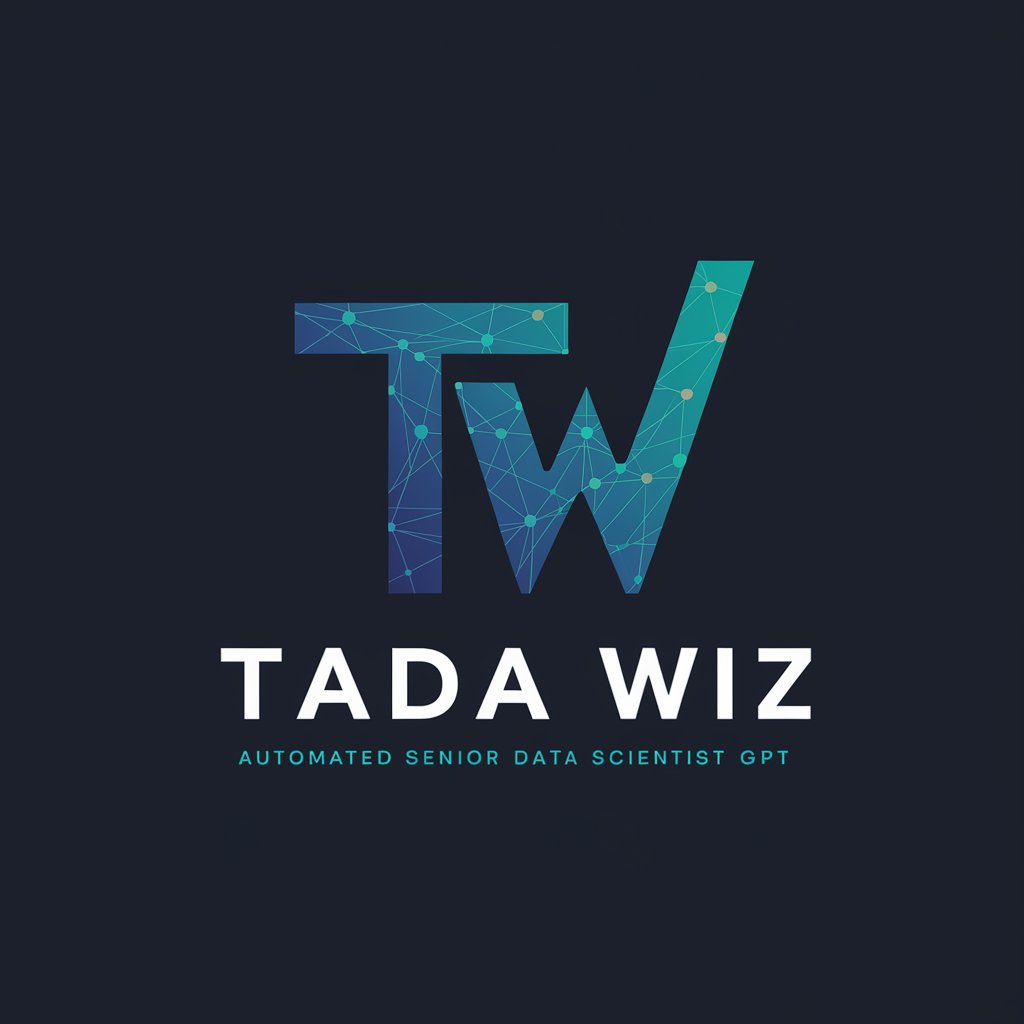
Vancouver Things to DO
Explore Vancouver with AI-powered insights

Alex Nomad Navigator
Empowering nomadic lifestyles with AI.

Master Economist
Empowering Economic Understanding with AI

Motor Maestro
Driving Automotive Insights with AI
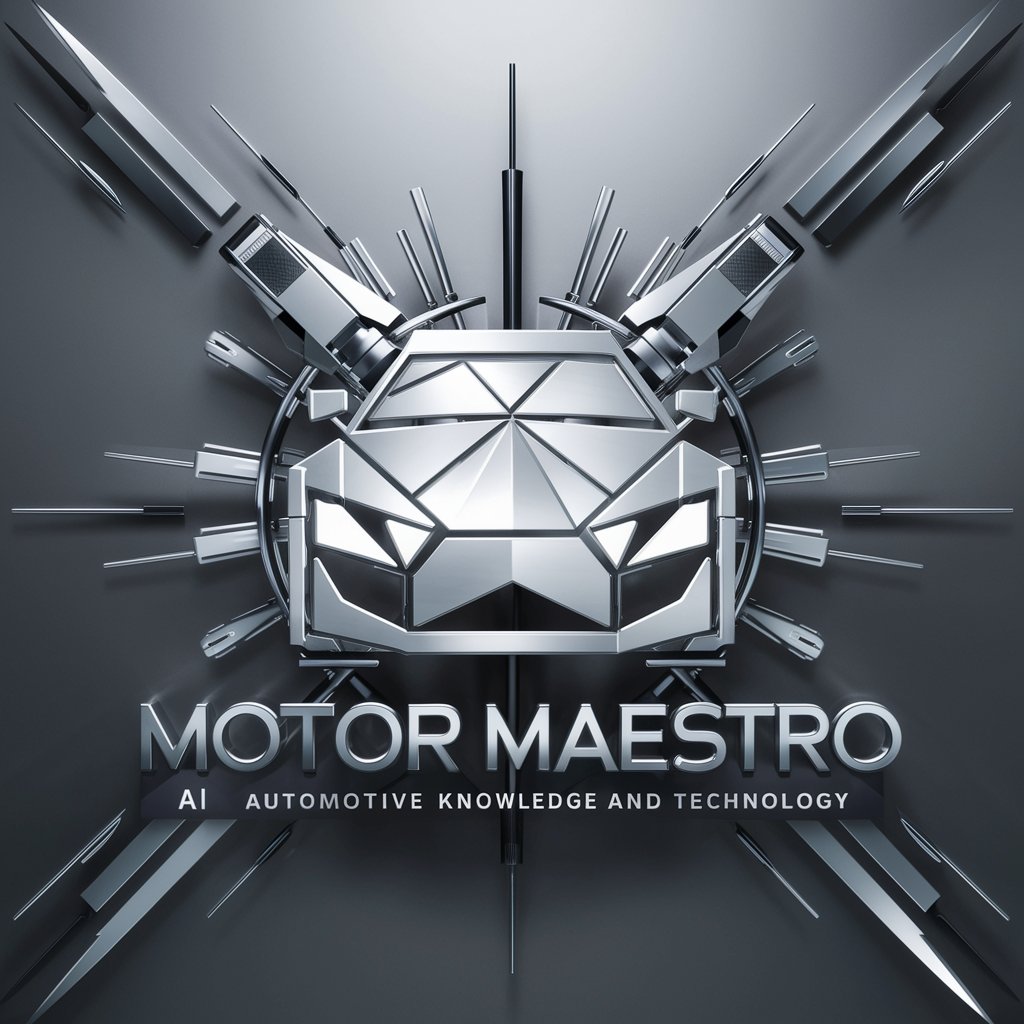
Innovative Ink
Crafting Your Ideas into Tattoo Art
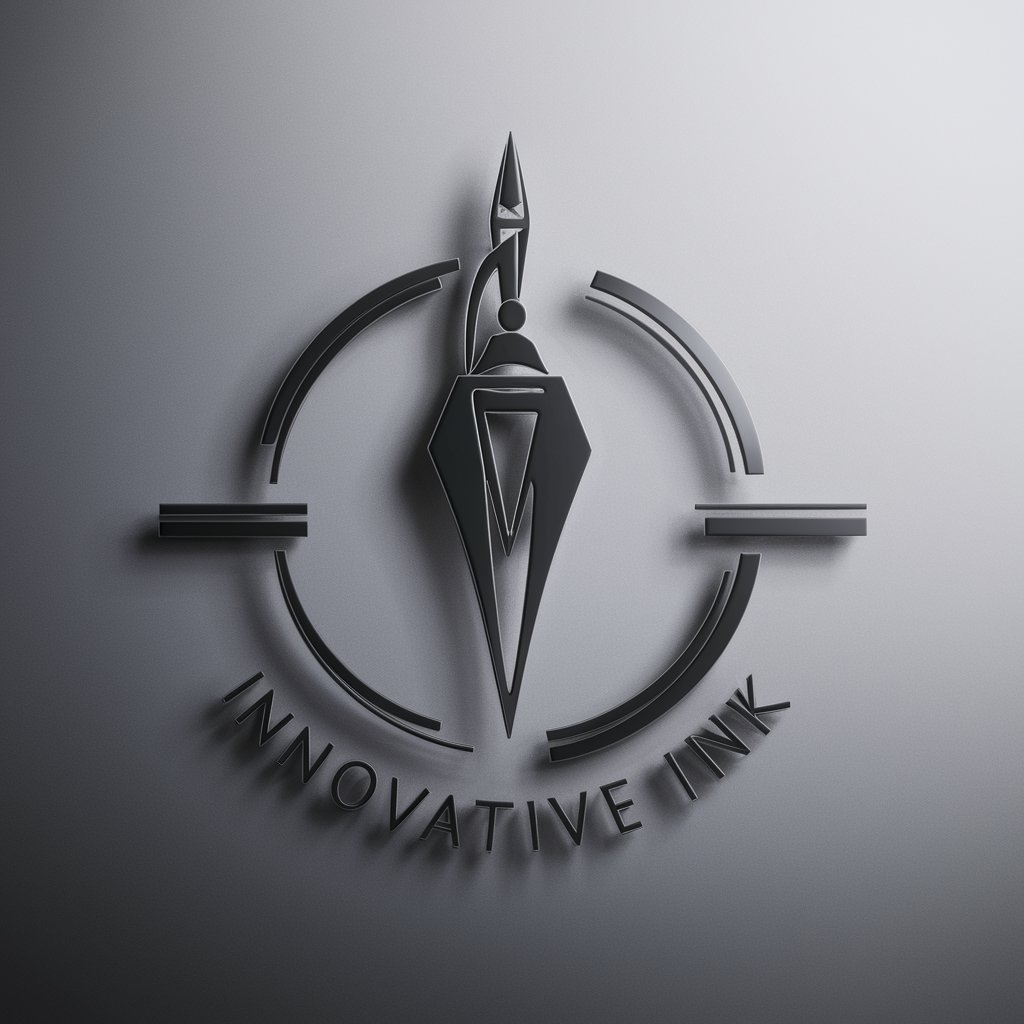
Speak French with Claire
Master French with AI-powered Conversations

Personal Finance Planner GPT
Empowering financial decisions with AI

Especialista em Análise de Terrenos
AI-powered Land Analysis Expert

SEO Billedskriver
Transforming Images into SEO Gold
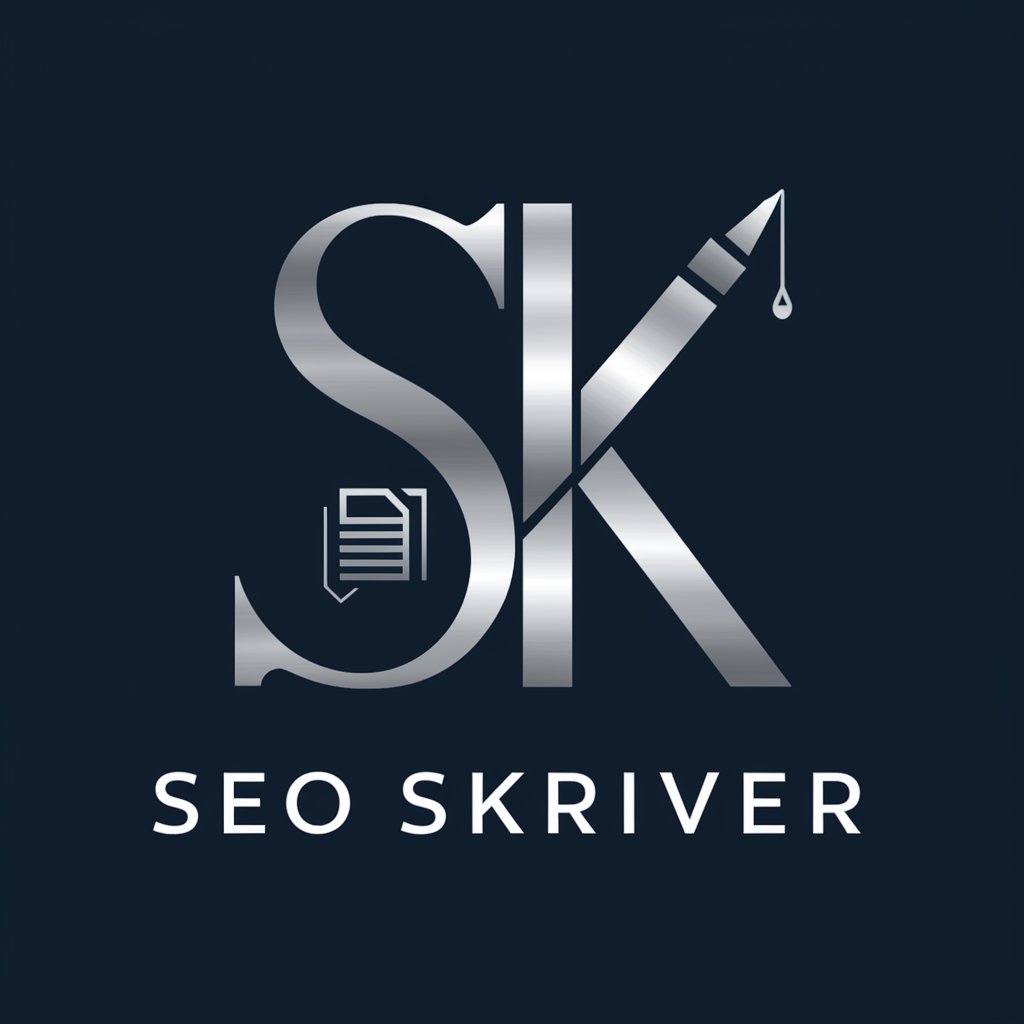
RealToPixar
Bringing Your Photos to Animated Life
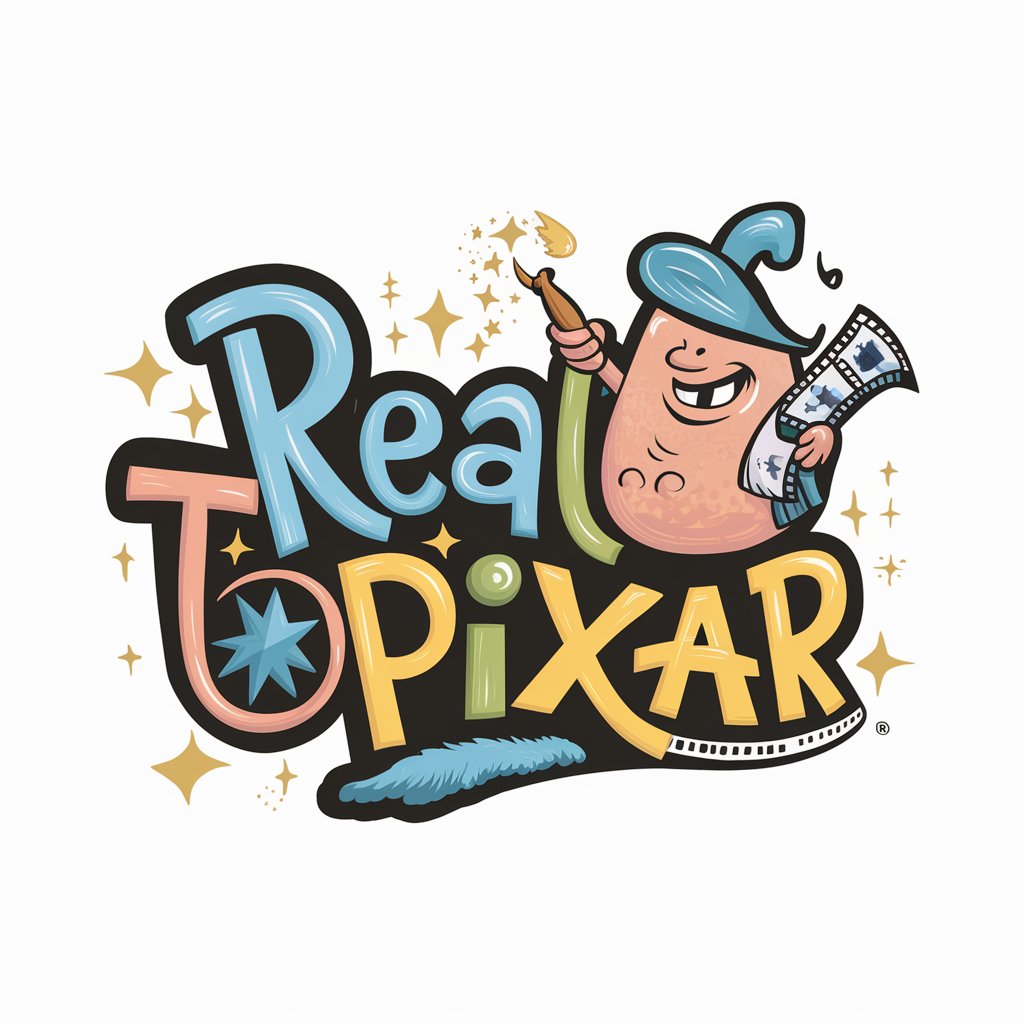
Suno Prompt
Craft Your Sound with AI
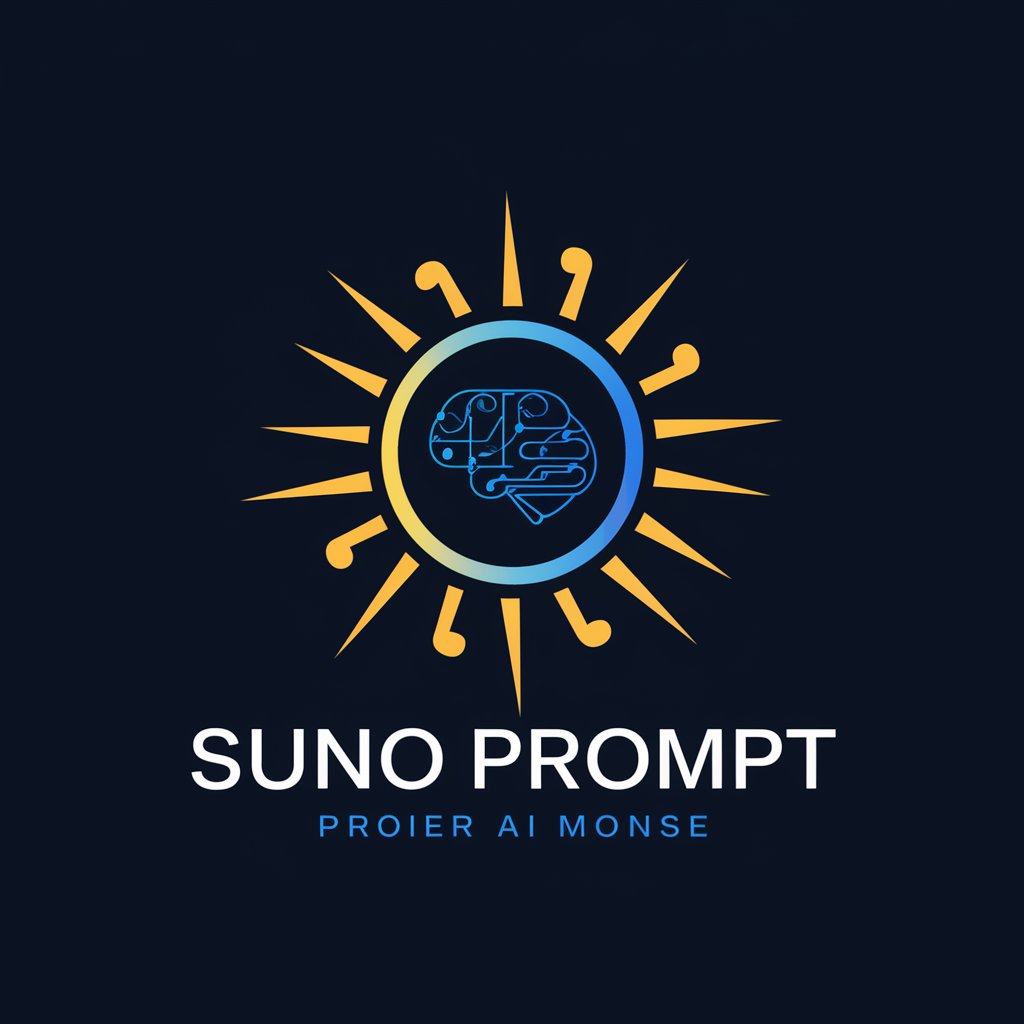
Frequently Asked Questions About Plagi
What types of documents can Plagi analyze?
Plagi is versatile and can analyze various document types, including academic papers, articles, and books, across a multitude of formats like DOCX, PDF, and TXT.
How does Plagi handle paraphrasing?
Plagi uses advanced algorithms to detect not just direct copying but also paraphrased content by analyzing semantic similarities, ensuring a thorough review of your document's originality.
Can Plagi identify sources for plagiarized content?
Yes, Plagi not only flags potential plagiarism but also attempts to trace the original sources, providing direct links where possible for easy verification and citation.
Is Plagi suitable for non-academic texts?
Absolutely, Plagi's functionalities extend beyond academic texts, making it a valuable tool for writers, content creators, and professionals looking to ensure the originality of their work.
How does Plagi protect user privacy?
Plagi prioritizes user privacy by ensuring that all uploaded documents are securely processed and not stored or used for any purposes other than the plagiarism check.